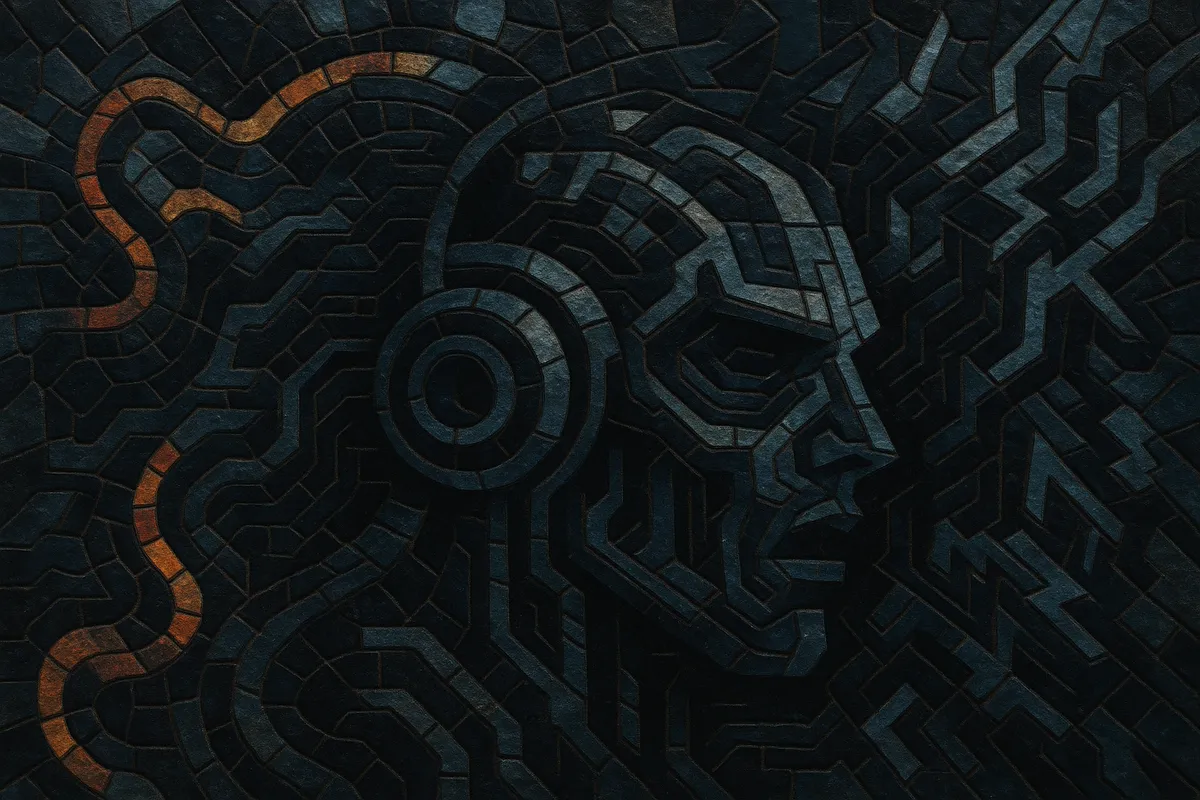Neurofunk is a dark, technically intricate subgenre of drum and bass known for its surgically designed basslines, tense atmospheres, and highly engineered rhythm sections. Sitting around 170–175 BPM, it blends the relentless drive of techstep with futuristic sound design and a funk-influenced sense of groove.
Producers sculpt evolving "neuro" basses using heavy resampling, modulation, distortion, and filtering, then weave them through precision-cut breakbeats and cinematic FX. The result is a high-pressure, sci‑fi aesthetic that feels both mechanical and organic—aggressive yet danceable, clinical yet funk-rooted.
Neurofunk emerged in the United Kingdom during the late 1990s as drum and bass splintered into darker, more technical strands. Building on techstep’s dystopian edge, artists began emphasizing hyper-detailed bass design and tighter funk-oriented drum programming. Early touchstones included releases on Virus Recordings and Renegade Hardware, where producers pushed resampling and modulation techniques to new extremes.
Through the 2000s, the neurofunk identity solidified. Ed Rush & Optical, Bad Company UK, Konflict, Teebee, Cause 4 Concern, and Dom & Roland helped set the template: evolving Reese-derived basses, razor-edited breaks, and bleak, sci‑fi atmospheres. The sound spread beyond the UK, finding strong footholds in the Netherlands and Germany via acts like Black Sun Empire and Phace, and later through Noisia’s visionary production, which raised the bar for mix engineering and sound design.
In the 2010s, the style became a global production discipline, influencing bass music at large. Artists such as Mefjus, The Upbeats, and a new wave of producers fused neurofunk techniques with glitch hop, midtempo, and even dubstep. Labels and collectives prioritized cutting-edge engineering and arrangement, while advances in soft synths and processing tools made the hallmark "neuro" movement more accessible. Today, neurofunk remains a benchmark for high-precision electronic production, continually informing modern drum and bass and adjacent bass-heavy genres.


